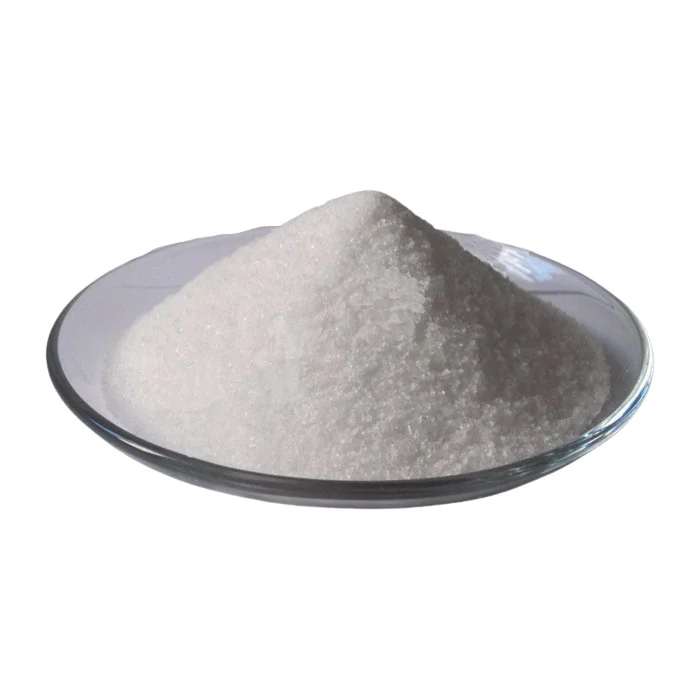Drilling fluid additives play a vital role in the drilling process. They improve drilling fluid performance, increase drilling efficiency, and protect the integrity of the well wall. However, there are some principles that need to be followed when selecting and using them to ensure their best effectiveness and safety. This article will explore principles for the selection and use of drilling fluid additives to help drilling engineers and operators make informed decisions.

1. Understand the needs of drilling fluid:
Before choosing drilling fluid additives, you first need to understand your drilling fluid needs. This includes taking into account factors such as well depth, geological conditions, wellbore stability, borehole diameter, temperature, and pressure. Different drilling conditions and objectives require different types of additives. Therefore, understanding the needs of drilling fluids is the basis for selecting appropriate additives.
2. Consider the performance of additives:
When selecting drilling fluid additives, the properties of the additive need to be considered. This includes the thickening effect of the thickener, the dispersing ability of the dispersant, the inhibitory effect of the inhibitor, etc. The performance of the additive should match the needs of the drilling fluid to ensure that it can meet the requirements of the drilling process.
3. Choose reliable suppliers:
Choosing a reliable supplier is key to ensuring the quality of drilling fluid additives. Suppliers should have a good reputation and rich experience, be able to provide high-quality additives and provide technical support and after-sales service. Establishing long-term relationships with reliable suppliers ensures the quality and stability of additives.
4. Conduct laboratory tests and field trials:
Laboratory testing and field trials should be performed before using new drilling fluid additives. Laboratory testing can evaluate an additive's performance and suitability, as well as its compatibility with other components. Field trials can verify the results of laboratory tests and evaluate the effectiveness of additives during actual drilling processes. The reliability and suitability of the additives are ensured through laboratory testing and field trials.
5. Comply with safety and environmental protection requirements:
When selecting and using drilling fluid additives, safety and environmental requirements must be followed. Additives should comply with relevant regulations and standards and should not cause harm to human health and the environment. In addition, appropriate measures, such as wearing personal protective equipment and proper waste disposal, should be taken to ensure the safety of operators and the environment.
6. Regular evaluation and adjustment:
The selection and use of drilling fluid additives should be regularly evaluated and adjusted. As drilling conditions and objectives change, the type and amount of additive may need to be adjusted. Regular evaluation and adjustments ensure that drilling fluid performance and effectiveness are always optimal.
The selection and use of drilling fluid additives is an important part of the drilling process. Following the principles of selection and use ensures the optimal effectiveness and safety of additives. Understanding drilling fluid needs, considering additive performance, selecting reliable suppliers, conducting laboratory tests and field trials, following safety and environmental requirements, and regular evaluation and adjustment are all key steps in selecting and using drilling fluid additives. By following these principles, drilling engineers and operators can make informed decisions, improve drilling efficiency, and ensure the safety of the drilling process.
https://www.scdbwhb.com/Principles-of-selection-and-use-of-drilling-fluid-additives.html



